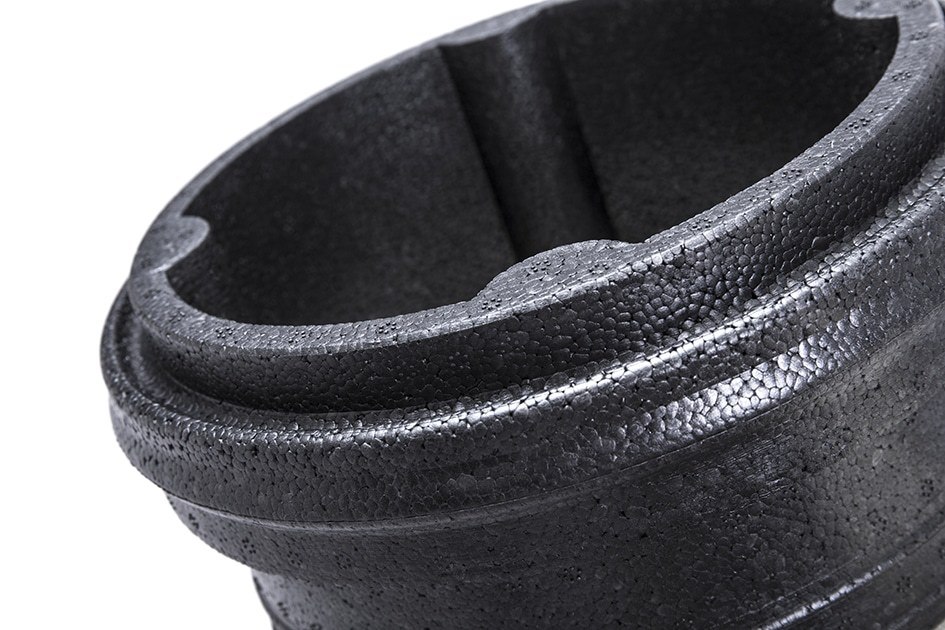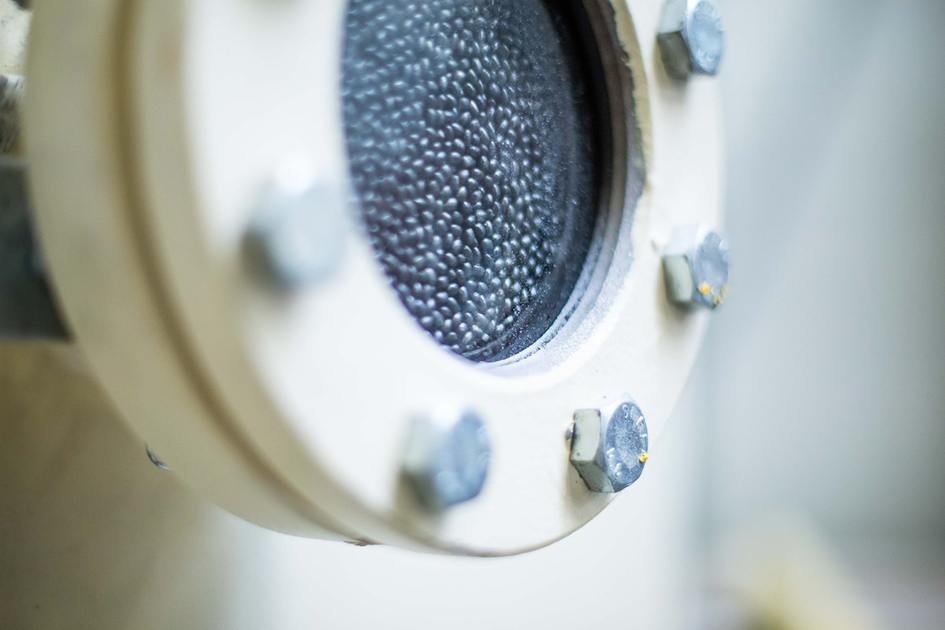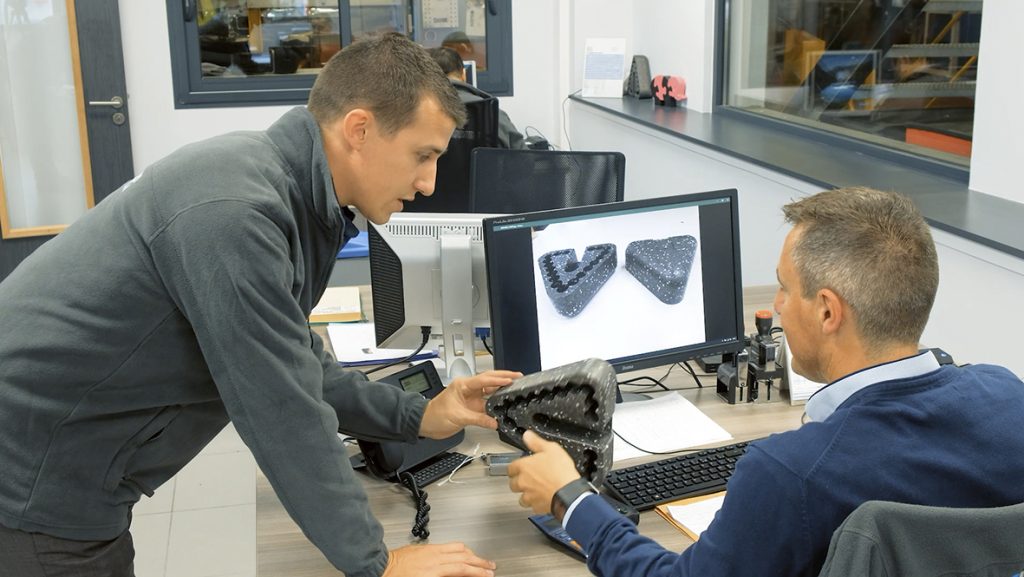The HVAC sector is experiencing a series of important transformations today, as the Ecodesign Directive and other norms are implemented.
The need for more sustainable industries and products that minimize their environmental impact has crystallized in different new regulations in recent years. The Ecodesign Directive in particular aims at the heart of productive processes, as it requires companies to rethink their design procedures. This is also coupled with other sustainability norms, such as the ErP directive.
What does the Ecodesign Directive mean for the HVAC sector and how can companies ensure they comply with it and still remain efficient and stay ahead in the sector? Let’s take a look.
What is the EU Ecodesign Directive
The Ecodesign Directive was first launched in 2009 with the aim of “establishing a framework for the setting of ecodesign requirements for energy-related products” in order to generate energy savings and minimize environmental damage. The latest update on the Ecodesign Directive was in March 2022.
In short, the Ecodesign Directive understands the importance of achieving efficiency in energy equipment and sets the goal of approaching and tackling this goal during the design stage. In fact, according to official figures, decisions taken at the design stage can determine up to 80% of a product’s life cycle environmental impact.
As such, companies are expected to shift their design processes in order to guarantee their products are more sustainable in the following areas:
- They are more durable
- Their maintenance is easier and they’re reparable
- They’re recyclable
- They guarantee energy and resource efficiency
Which products are regulated by the Ecodesign Directive
The Ecodesign Directive regulates “energy-related products”. These are then defined in the text as “any good that has an impact on energy consumption during use which is placed on the market and/or put into service, and includes parts intended to be incorporated into energy-related products covered by this Directive (…)”.
While the list of particular products could potentially be endless, this broad category includes the design of the following:
- Home appliances and electronics (from lamps to refrigerators…)
- Construction and energy-regulation materials in buildings (where it’s possible to include the HVAC sector, but also insulation systems or windows, among many others)
- Equipment such as electrical motors or welding systems
Energy Labeling regulation
The ErP Directive is also part of European countries’ wider efforts to reduce the environmental impact in the energy sector. For the HVAC sector, in particular, the ErP Directive is among the norms that directly affect production processes in order to remain competitive.
The current text in Energy Labeling regulation establishes a framework for companies to provide standard product information about their products’ energy consumption. This is done with the aim of allowing consumers to make more informed decisions.
SEER – Seasonal Energy Efficiency Ratio
The SEER has become the key performance indicator to measure energy efficiency in HVAC equipment in the wider spectrum of the Ecodesign Directive and other European norms targeting sustainability.
The SEER calculates the ratio between an equipment’s annual cooling demand energy values and the annual electrical input energy that is required during the cooling season.
As opposed to other energy efficiency measurements, it takes into account:
- Weather data from a reference city (Strasbourg)
- Efficiency while the unit is in operation
- Consumption values for instance when the compressor is not running
You might also be interested in: Tips to achieve thermally efficient HVAC systems
Tips to comply with the Ecodesign Directive in the HVAC sector
Minimize Air leaking
Preventing air leaks is a key factor in guaranteeing HVAC efficiency and, as such, in complying with requirements established by the Ecodesign Directive.
At the design stage, the ability to minimize air leaks can take many shapes. For instance, it may be linked to incorporating custom-made technical parts, in order to guarantee they fit within existing spaces and maximum airtightness is achieved.
At the same time, this also means picking the right materials. Options such as plastic technical parts guarantee maximum thermal insulation and minimize temperature leaks. Such is the case of the efficiency benefits of EPP foam in the HVAC sector.
Use sustainable materials and reduce your carbon footprint
In order to achieve HVAC energy efficiency, sustainability in materials must be understood beyond reductionistic assumptions such as the “ditch the plastic” motto.
In fact, the choice of sustainable materials such as different plastic foams means HVAC equipment is energy-efficient and, thus, complies with the Ecodesign Directive because of the following reasons:
- They provide heat insulation (as we’ve stated above), having a direct impact on reducing energy consumption.
- They’re ultra-light, thus reducing carbon emissions during transportation.
- On the one hand, they must be durable and resistant. However, on the other hand, they provide different options to minimize waste generation when their life cycle is finished: they’re either recyclable or reusable.
EPP technical parts: comply with the Ecodesign Directive and improve your performance
At Knauf Appliances we work to develop sustainable, efficient EPP technical parts for the HVAC sector with the goal of helping companies comply with new sustainability requirements, including the Ecodesign Directive.
In fact, we have long incorporated eco-design and sustainability policies in our processes, helping our clients through our ID Lab (which includes a design office, a laboratory, and a prototyping center) and our industrial production facilities (which include more than 40 factories).
The HVAC market and design processes have gotten more complex in light of new industry requirements such as the Ecodesign Directive.
In such a context, at Knauf Appliances, we aim to provide straightforward solutions through the provision of modern, efficient, and sustainable technical parts for the sector.
Want to learn more about our work and how we can help you comply with the Ecodesign Directive? Download our CSR report or take a look at the Alnor success Story and see how we have helped others.





